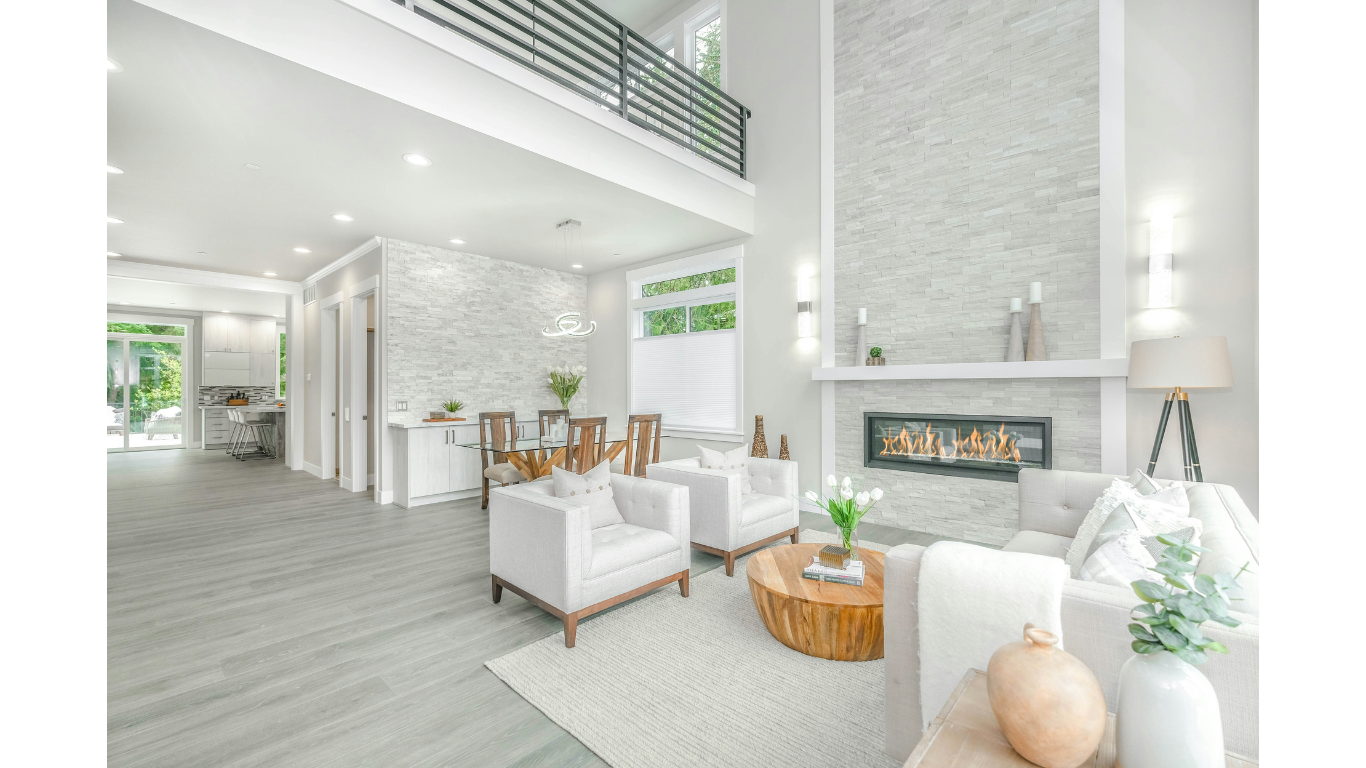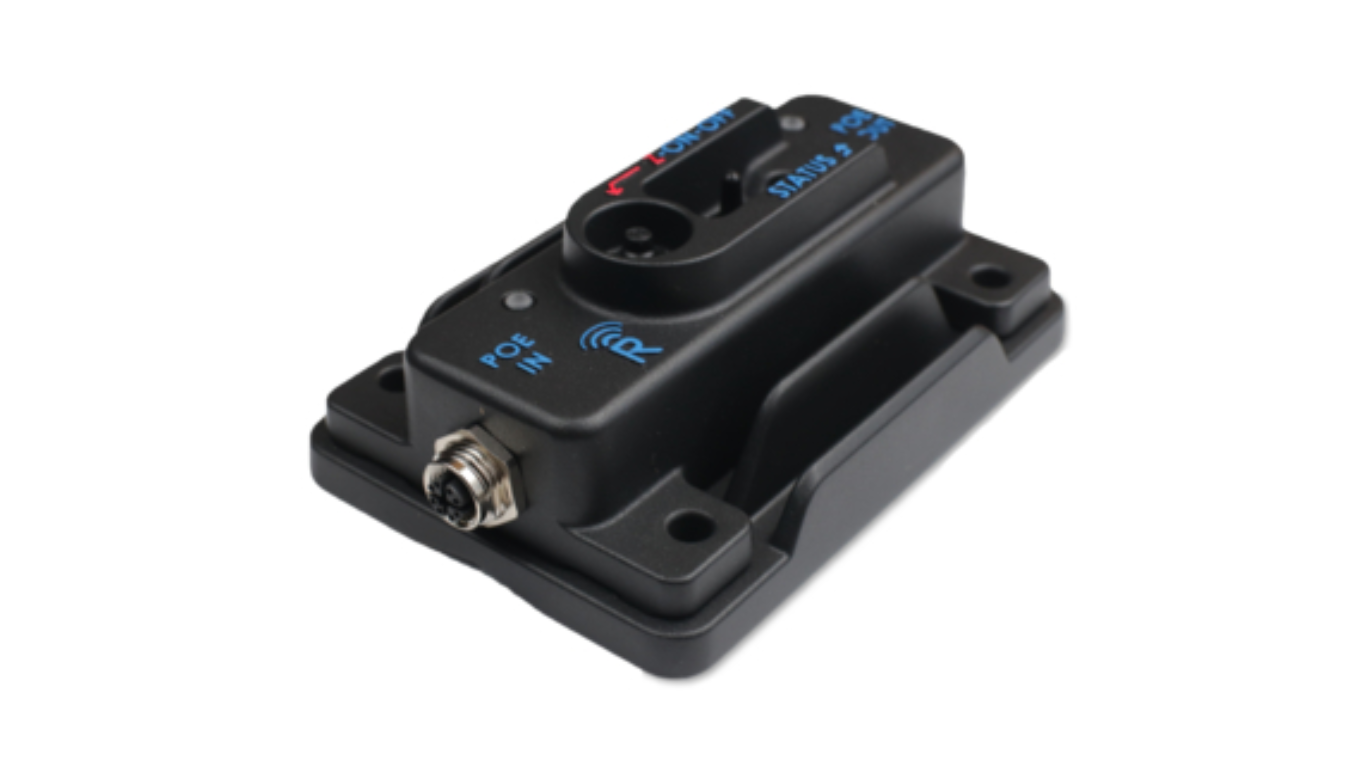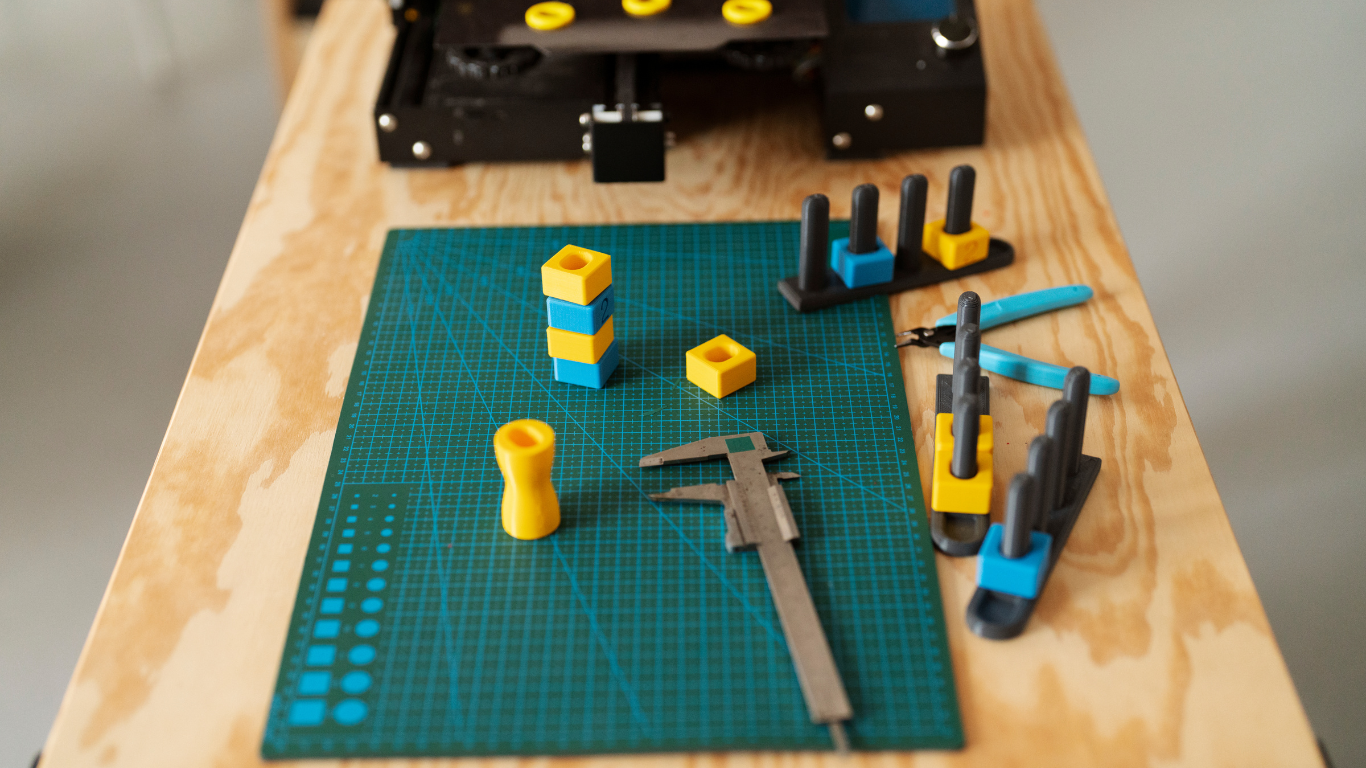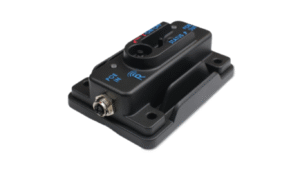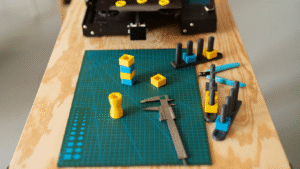Updating the interior of your home can be exciting, but financial missteps often turn projects into stressful experiences. Many homeowners focus heavily on design while underestimating costs, timelines, and priorities. A clear budget and practical decision-making protect both your wallet and your home’s long-term value. Avoiding common financial mistakes ensures that updates bring satisfaction rather than regret.
Starting Without a Detailed Budget
One of the most frequent mistakes involves beginning a project without a firm budget. Homeowners often underestimate material costs, labor fees, and unexpected expenses. Without clear financial boundaries, spending can spiral quickly, leading to incomplete work or postponed upgrades.
A detailed budget outlines anticipated costs for each phase of the project. Adding a contingency fund prepares for surprises such as hidden damage or material shortages. Tracking expenses throughout the process helps homeowners stay accountable. A solid financial plan forms the backbone of every successful interior update.
Overlooking Small Details
Large projects like flooring, cabinetry, or lighting fixtures capture attention, but small details significantly affect both cost and design. Neglecting to account for finishing touches can leave interiors feeling incomplete or force homeowners to overspend at the last minute.
Hardware, trim, and accessories provide cohesion and elevate style. Many homeowners discover the impact of features such as stylish door hardware when aiming to create a polished look. Accounting for these items early ensures consistency while protecting the budget from surprise additions.
Choosing Trends Over Timelessness
Following design trends without considering long-term appeal leads to expensive regret. Bold patterns, extreme color schemes, or unusual layouts may lose popularity quickly, reducing your home’s value and appeal. Replacing trendy features within a few years becomes costly and frustrating.
A better approach focuses on timeless design for larger investments while reserving trends for easily changeable elements. Paint colors, accent pillows, or decorative items offer flexibility without straining the budget. Long-lasting choices reduce the likelihood of costly redesigns in the near future.
Underestimating Professional Input
Many homeowners attempt to handle interior updates on their own to save money. While some projects suit DIY efforts, others demand professional expertise. Mistakes with electrical work, plumbing, or structural changes often lead to costly repairs that exceed the price of hiring a professional initially.
Design professionals bring perspective on budgeting, layout efficiency, and material selection. Contractors ensure that work meets safety and quality standards. Seeking professional guidance reduces the risk of missteps and provides peace of mind that updates will last.
Ignoring Energy Efficiency
Updates that disregard energy efficiency may look beautiful, but cost more in the long run. Outdated windows, lighting, and appliances increase utility bills and place unnecessary strain on resources. Ignoring efficiency during renovations wastes opportunities to save money.
Energy-efficient upgrades often qualify for rebates or tax incentives, offsetting initial costs. In addition to lowering expenses, these choices increase home value and appeal to potential buyers.
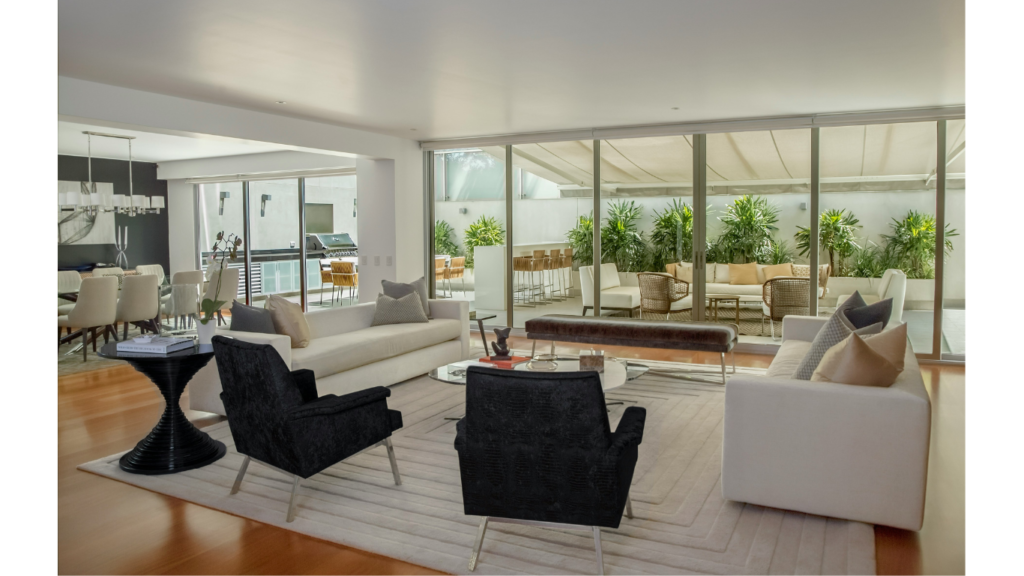
Failing to Prioritize
When tackling interior projects, some homeowners attempt to update everything at once. Spreading resources too thin across multiple areas results in unfinished work or lower quality finishes. Without clear priorities, projects feel overwhelming and drain finances quickly.
A better strategy involves focusing on one room or feature at a time. Prioritization allows for higher quality work within each space and prevents financial exhaustion. Completing one area fully before moving to the next creates visible progress and maintains motivation while protecting the budget.
Overlooking Maintenance Needs
Interior updates often highlight hidden maintenance issues. Old wiring, plumbing leaks, or weak foundations sometimes surface during renovations. Ignoring these problems to stay focused on design creates bigger costs later. Cosmetic updates lose value when underlying systems fail.
Addressing maintenance alongside design updates ensures long-term safety and stability. Investing in necessary repairs before cosmetic upgrades prevents wasted resources. Financial planning should always allocate funds for both function and appearance.
Forgetting Resale Value
Personal style matters, but every decision should consider potential resale. Overly customized interiors may appeal to the current homeowner but alienate future buyers. This limits return on investment and reduces property value.
Neutral designs with broad appeal offer flexibility while still allowing for personalization. Homeowners planning to sell in the future should choose finishes and layouts that attract a wider audience.
Home interior updates present opportunities to improve comfort, style, and functionality. Yet financial mistakes often reduce satisfaction and strain budgets. By creating a detailed plan, accounting for details, balancing timeless design with trends, and prioritizing efficiency, homeowners protect both their finances and their homes. Thoughtful planning and careful spending ensure that interior updates deliver long-term value and enjoyment.
Article received via email


